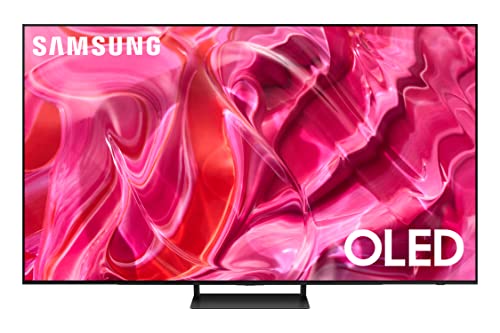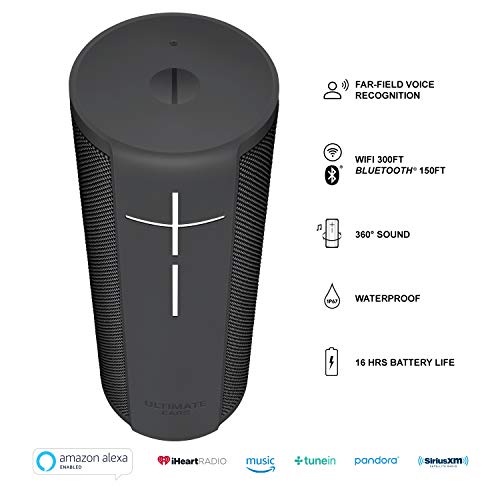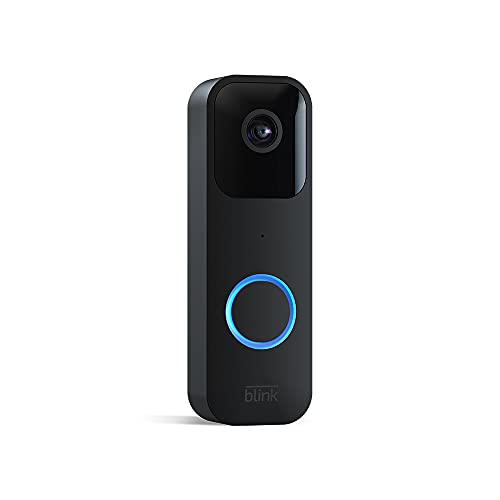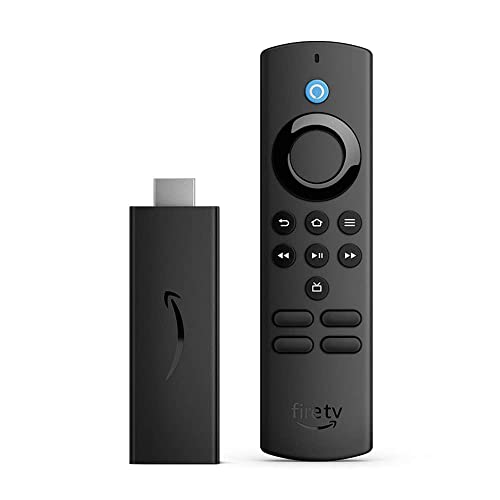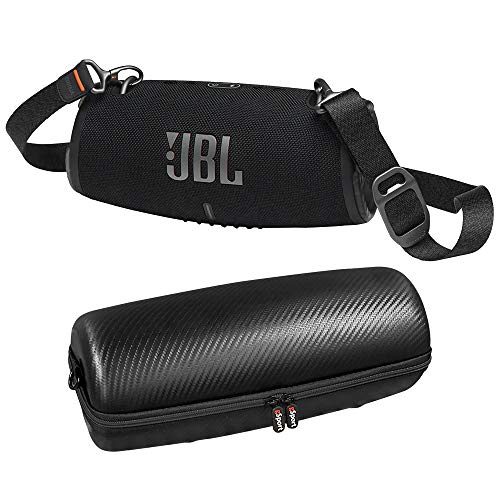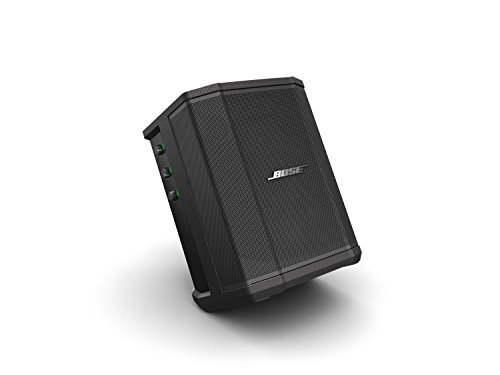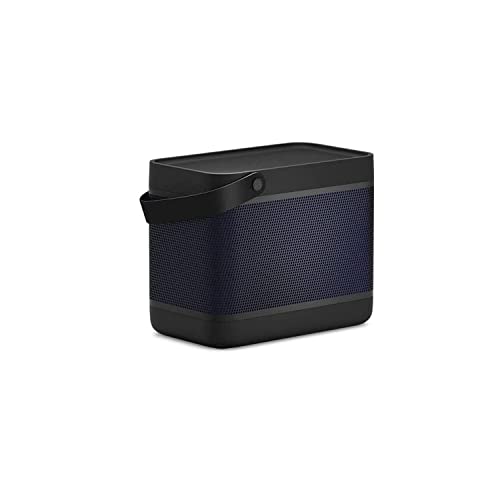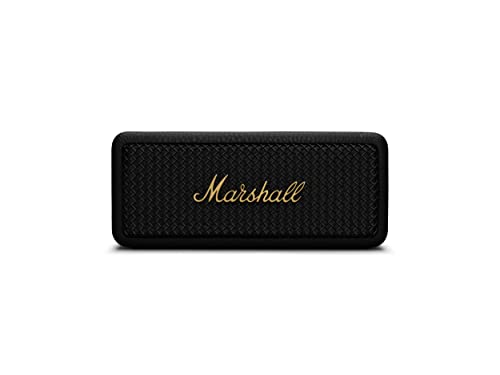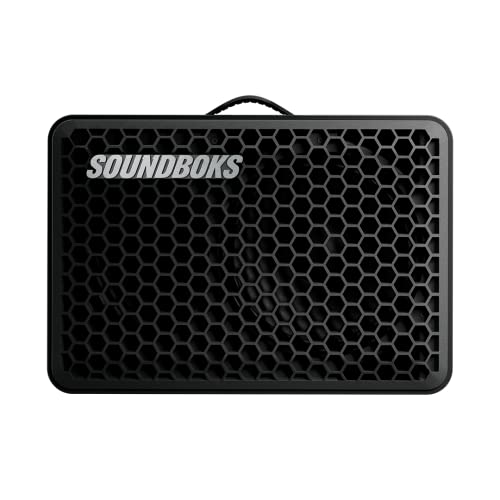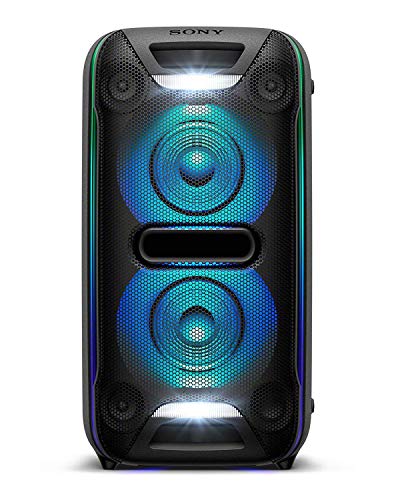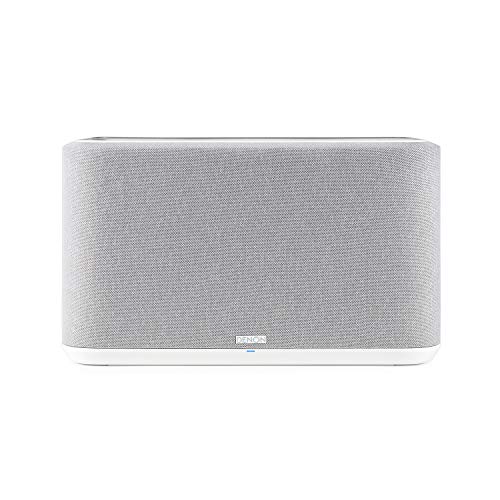What good is having the best speakers if you don’t have a suitable power source? To get the full impact of a sound system, you need a proper audio source amplifier, especially if you’re connecting four speakers to a 2-channel amp. While you could buy an amplifier or pay someone to build one for you, you can also make one yourself. So if you’re a DIY-kind of person, below, we’ll clue you in on how to make an amplifier for speakers.
KEY TAKEAWAYS:
- Making an amplifier for speakers is a task that requires a high level of expertise when it comes to electrical work. However, there are plenty of ways to find instructions on doing this.
- One of the most common ways is to find a quality DIY kit online with all necessary parts, accurate and exhaustive instructions, and the correct gauge speaker wire.
- You can also find music shops near you that offer amplifier-building courses. Here you can build a custom amp to fit your exact needs and be taught by a pro how to wire correctly.
For those looking for wireless solutions, check out our resources articles on how to make Bluetooth speakers louder.
How to Build an Amplifier for Speakers
As you may imagine, building traditional amplifiers with the ability to bring speakers to an adequate volume level takes a lot of technical expertise. But there’s good news. You can build an external amplifier to get those speakers booming in no time — unless they’re wireless, like the Nova Mini portable speakers.
Insider Tip
When wiring a sound rig, you must use the proper gauge wire compatible with the impedance of the amp and speakers.
And if you already have a great pair of speakers but just need some repair, we have a great guide explaining how to repair blown speakers.
Purchase a Kit With Instructions
There are many DIY kits of all sizes and power levels available online. A good one will come with complete manuals and parts, including wire to match speaker impedance with the amp. Just know that before purchasing one, you will need the proper tools to solder and construct this intricate device.
You may want to know how to make speakers work on surround sound if you have a larger system to connect it to.
Find a Local Shop that Offers an Amp Building Class
The best option is to find somewhere near you that offers an amp-building class. Here, you’ll receive instructions for every step of the process. It’s also likely that you will be able to have more control over the specifics and customization when it comes to sound, features, and power output.
Some finish this project and want to know how to perfect the sound. If that’s the case, you can read our guide on how to reduce white noise in speakers.
Go to Electrical School
If you intend to make up an amplifier as you go along, you’ll have to be trained in electrical work before you pick up a soldering gun. Check out some of the local trade schools in your area, enroll in the classes, and you’ll be making your own amplifiers in no time!
Warning
If you decide to build your own amp, remember that an improperly wired amp can be very dangerous and potentially cause fires.
F.A.Q.S
What is speaker polarity?
Speaker polarity has to do with the flow of electrical current. So when speakers have the correct polarity, that means the positive current is connected to the speaker’s positive terminal and the negative current is connected to the negative output.
How do you match the Ohms in speakers and amps?
The way to match speakers and amps is by finding what the output of Ohms is from both devices. Then, make sure that the speaker has either the same or more Ohms than the amp. Never pair an amp with a speaker with fewer Ohms.
Is it reasonable to use a guitar amp as a speaker?
If you have a guitar amp, you can use it as a speaker to play music from your phone or computer. However, guitar amps focus on specific frequency responses. So, you might miss out on some of the bass and treble frequencies in whatever you’re listening to.
STAT: An ideal amp for listening to all types of music should have a power output of around 50 to 90 watts. (source)
REFERENCES:
- https://www.sweetwater.com/insync/power-amp-buying-guide/
- https://www.mojotone.com/amp-shop/amp-kits/mojotone-amp-kits?gclid=Cj0KCQjw37iTBhCWARIsACBt1IyEXFm6efJucbb7t_TI52WNcUv6Xk2tPR7aNg46auRCXtOiTifbu_EaAj-oEALw_wcB
- https://www.cambridgeaudio.com/usa/en/blog/amplifier-specificationsr
- https://www.analogethos.com/diytubekit
- https://www.sweetwater.com/insync/how-many-watts-do-you-really-need/

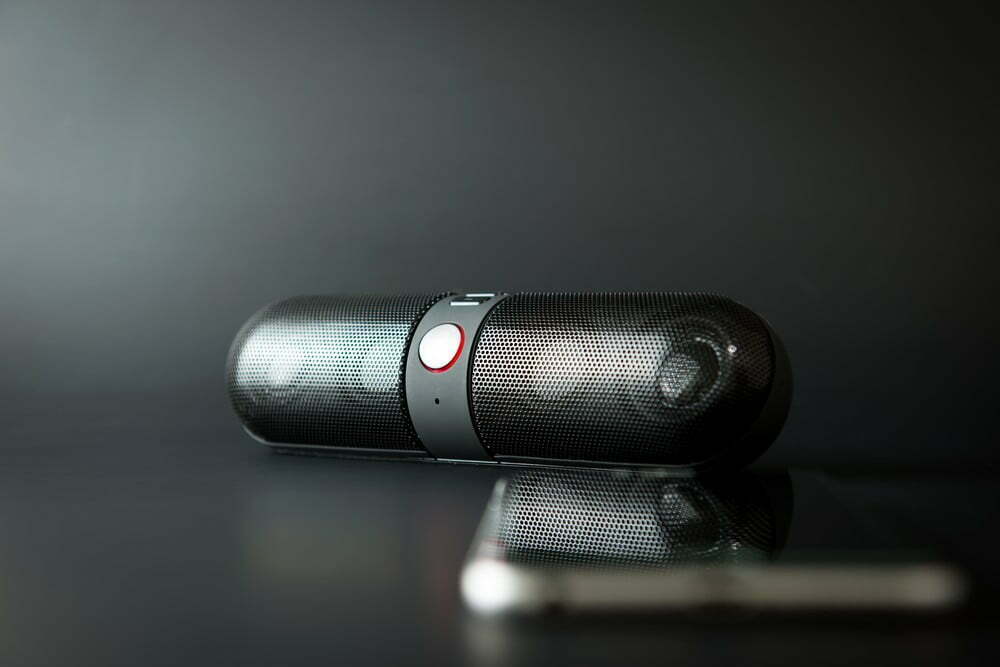













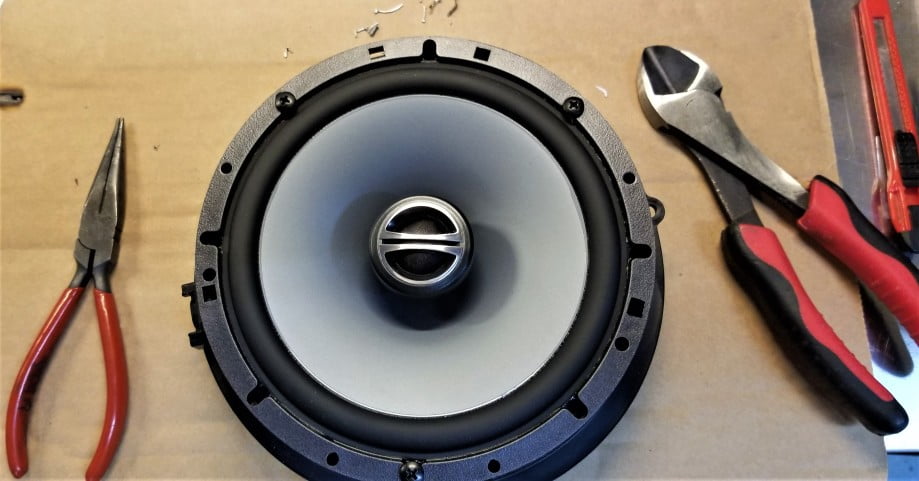
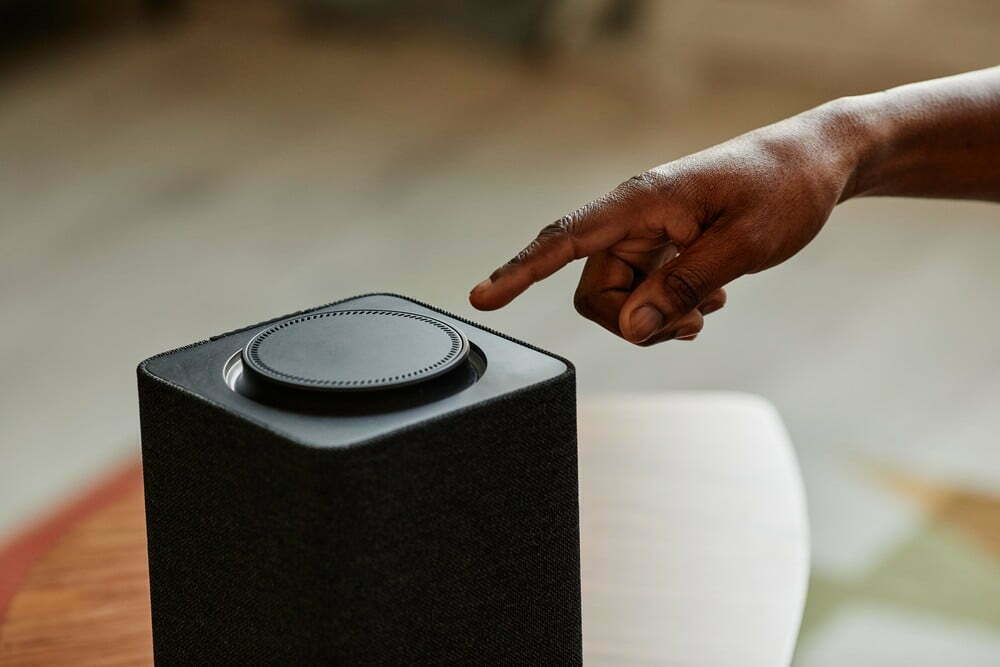
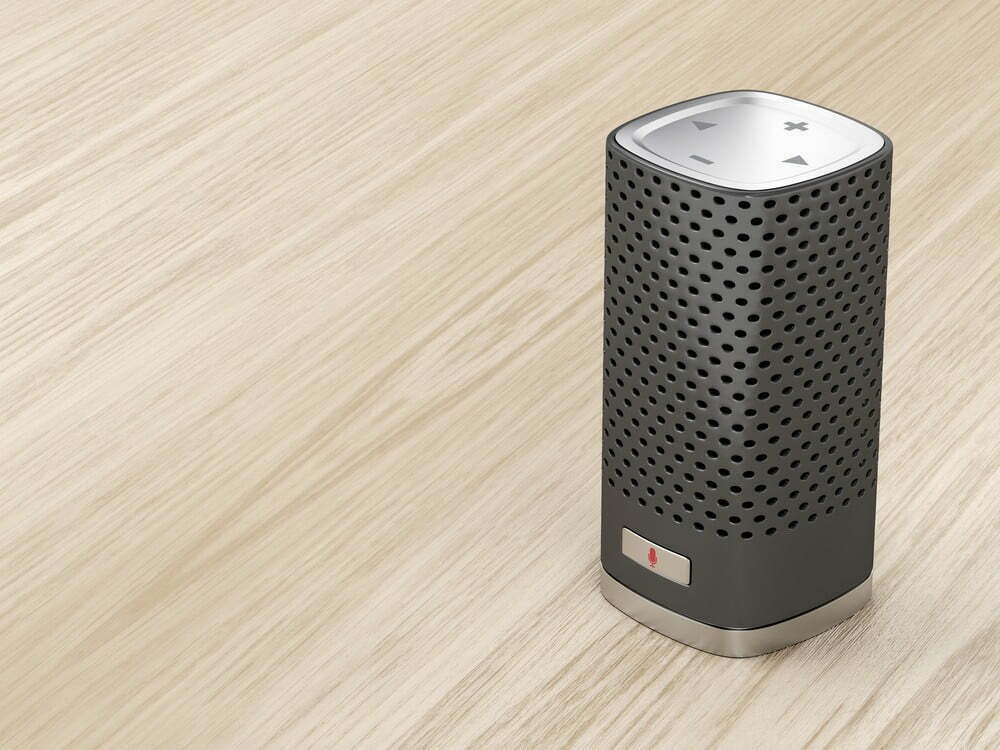
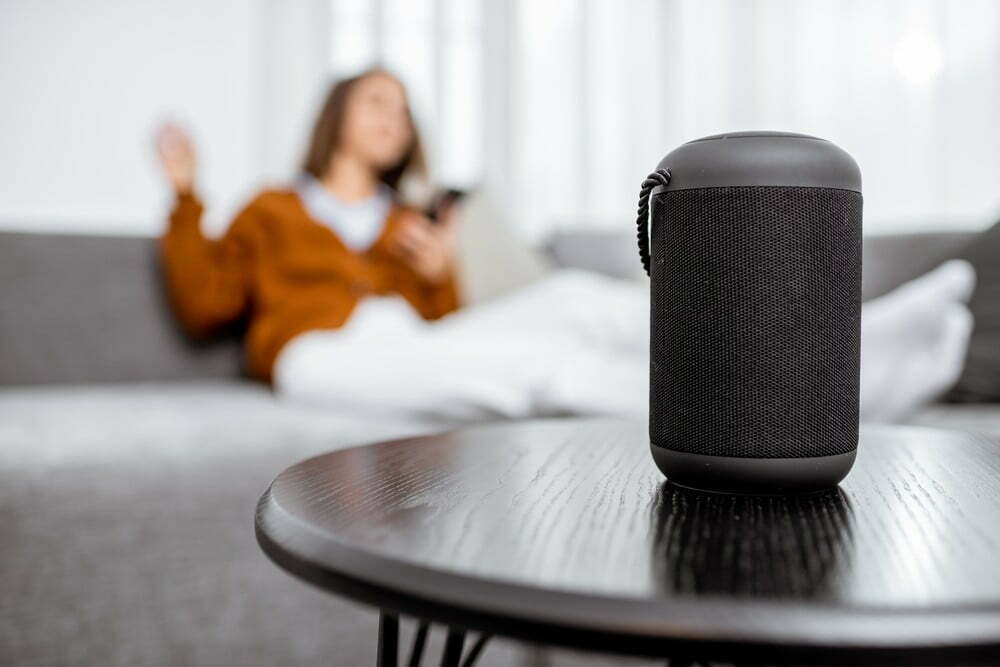

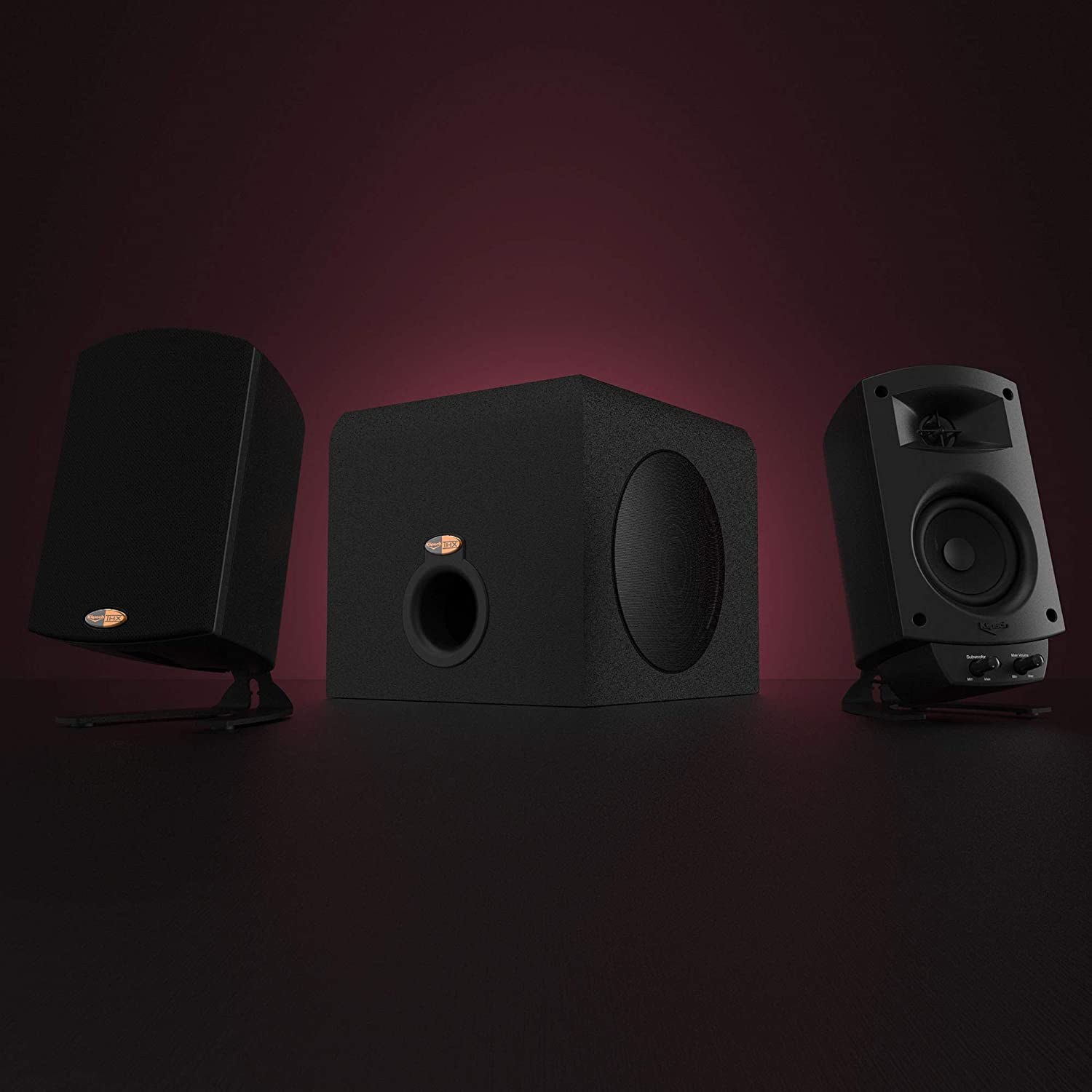
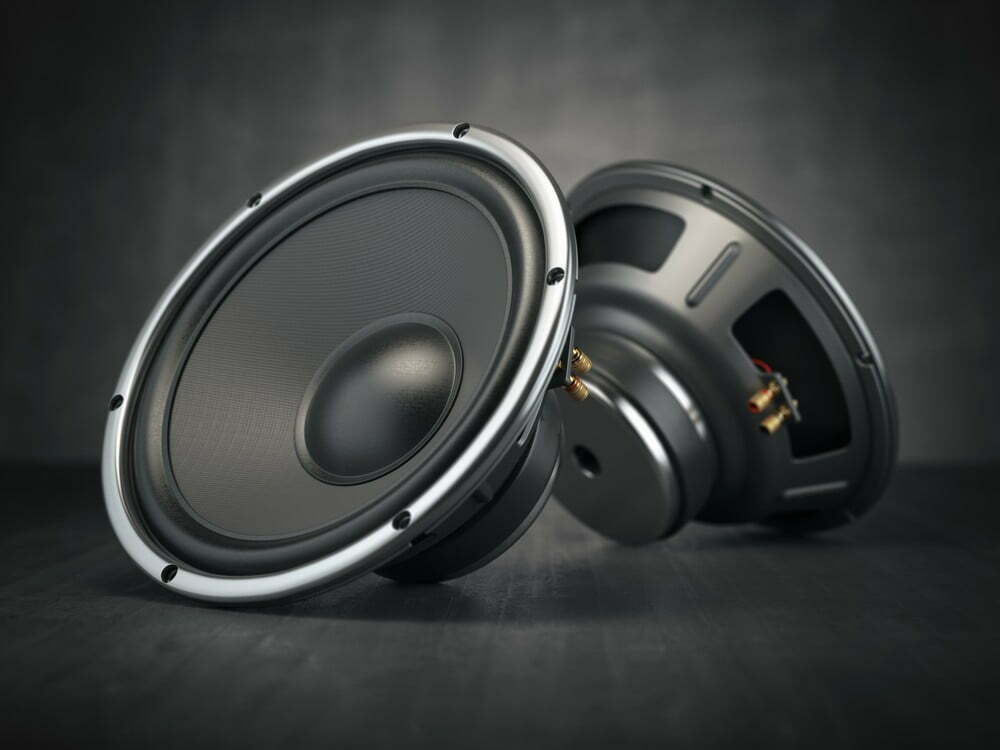
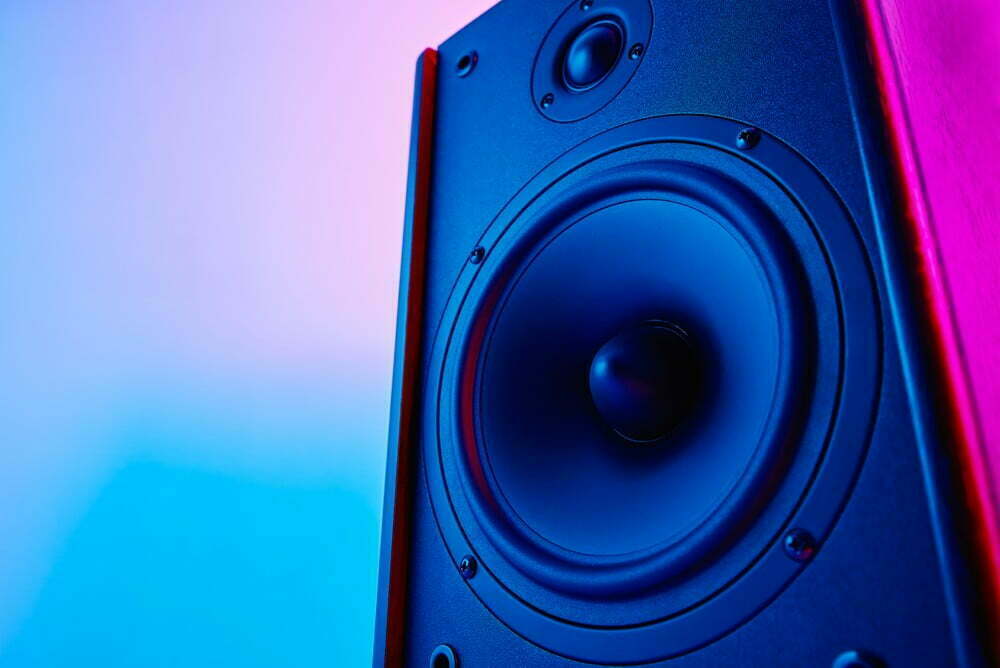
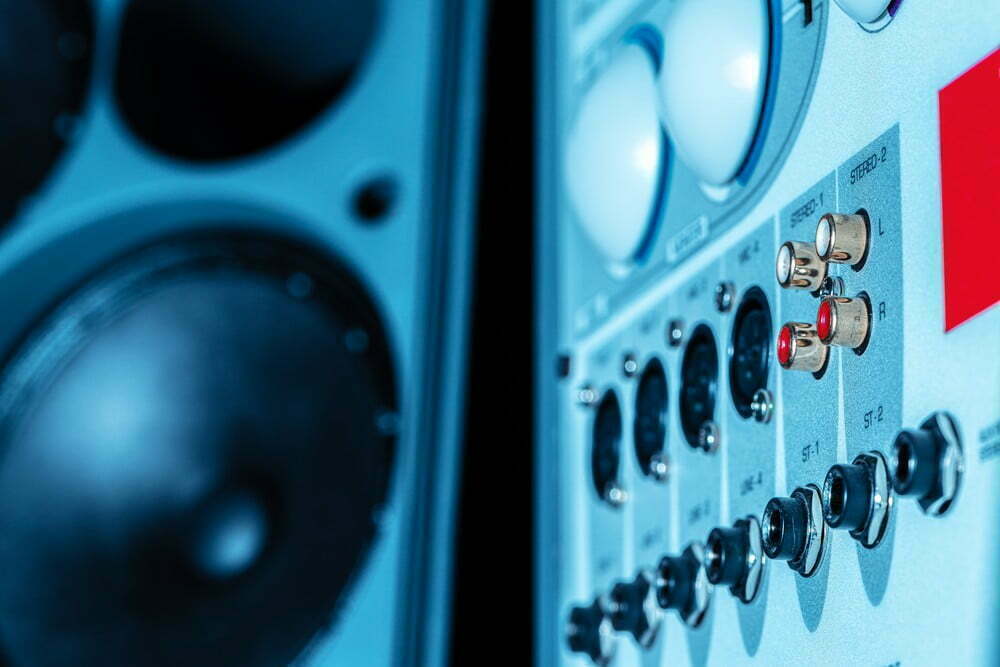
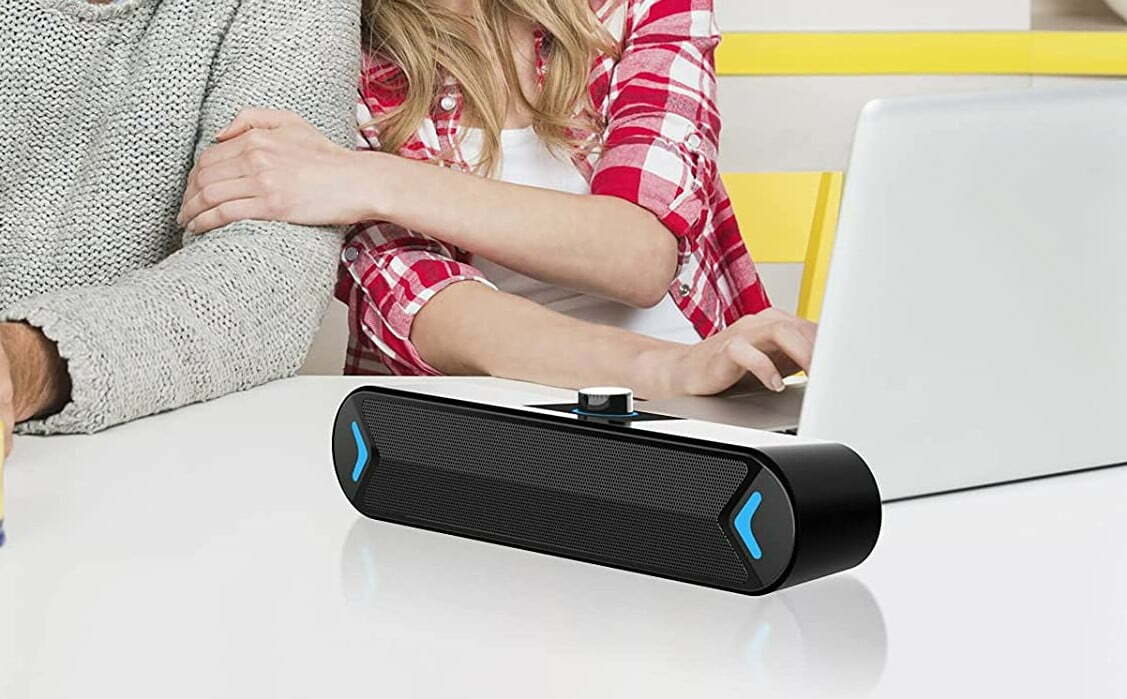
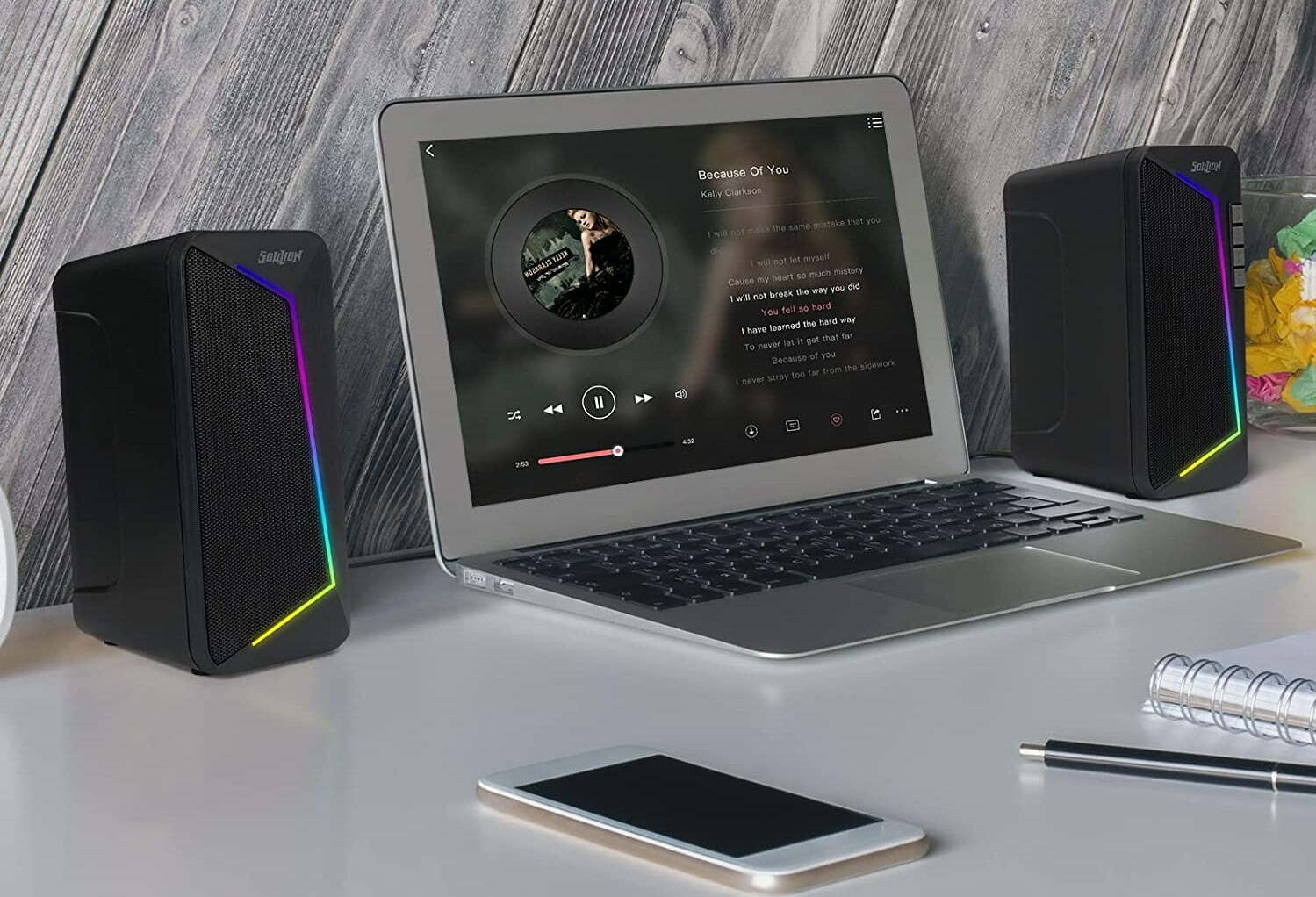
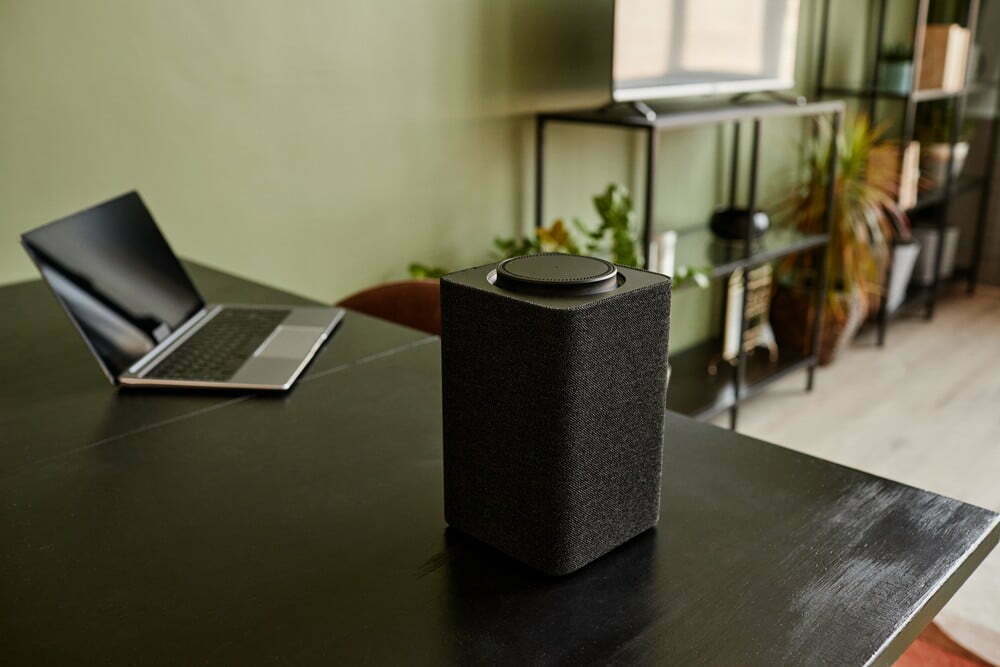
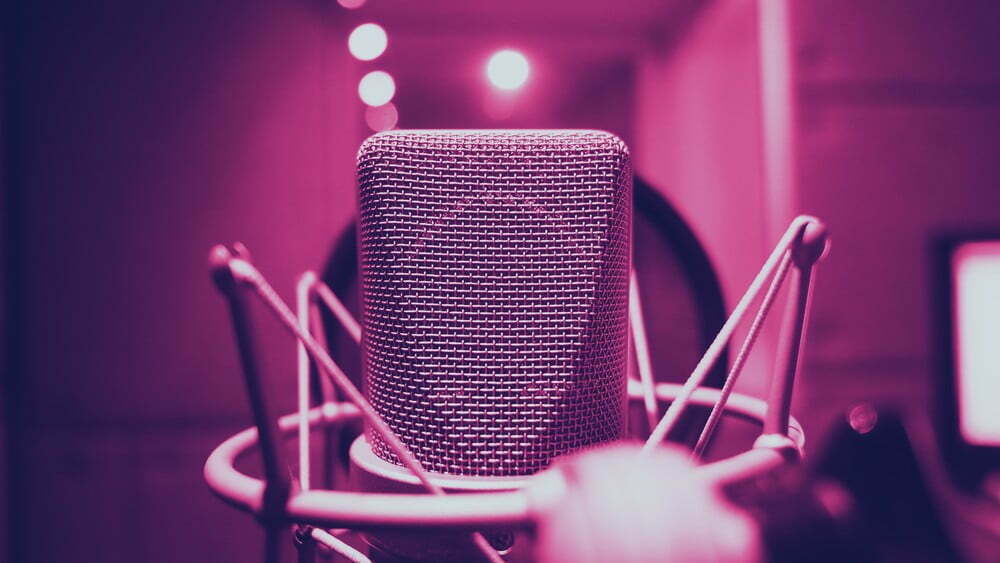
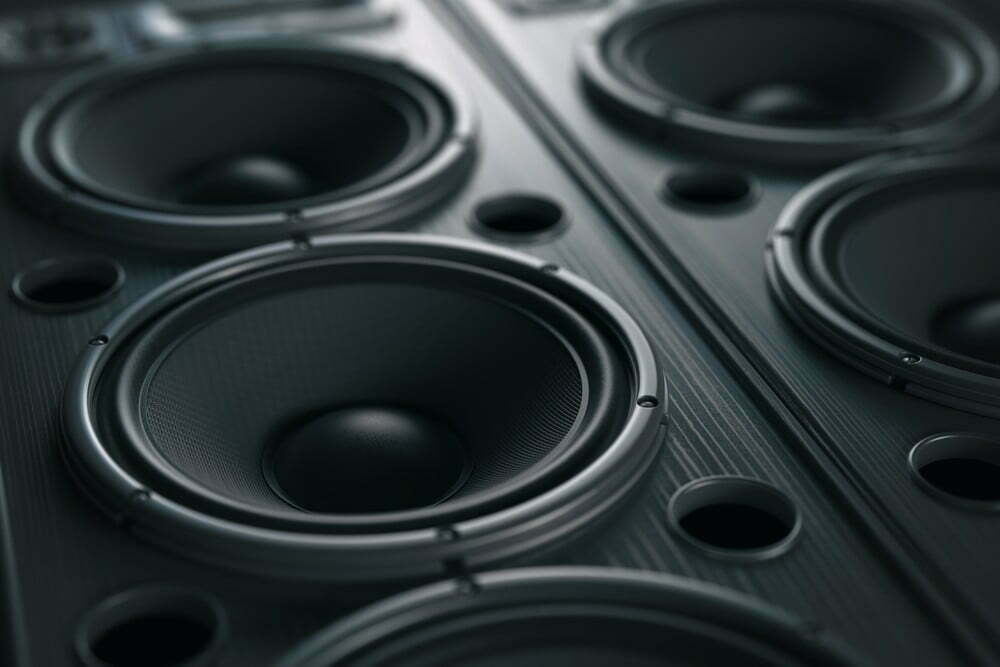
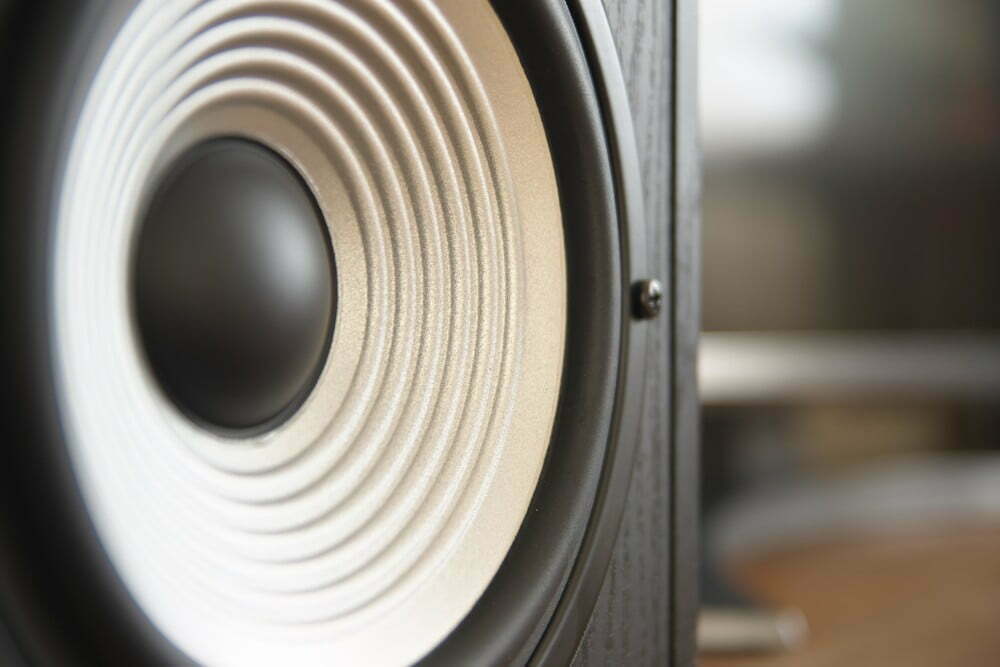
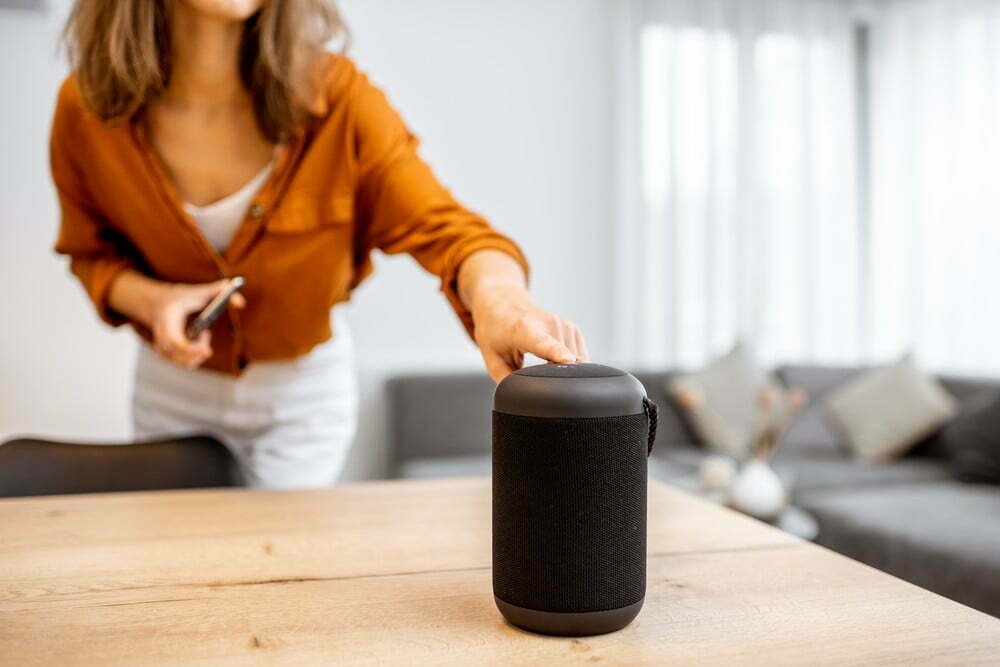
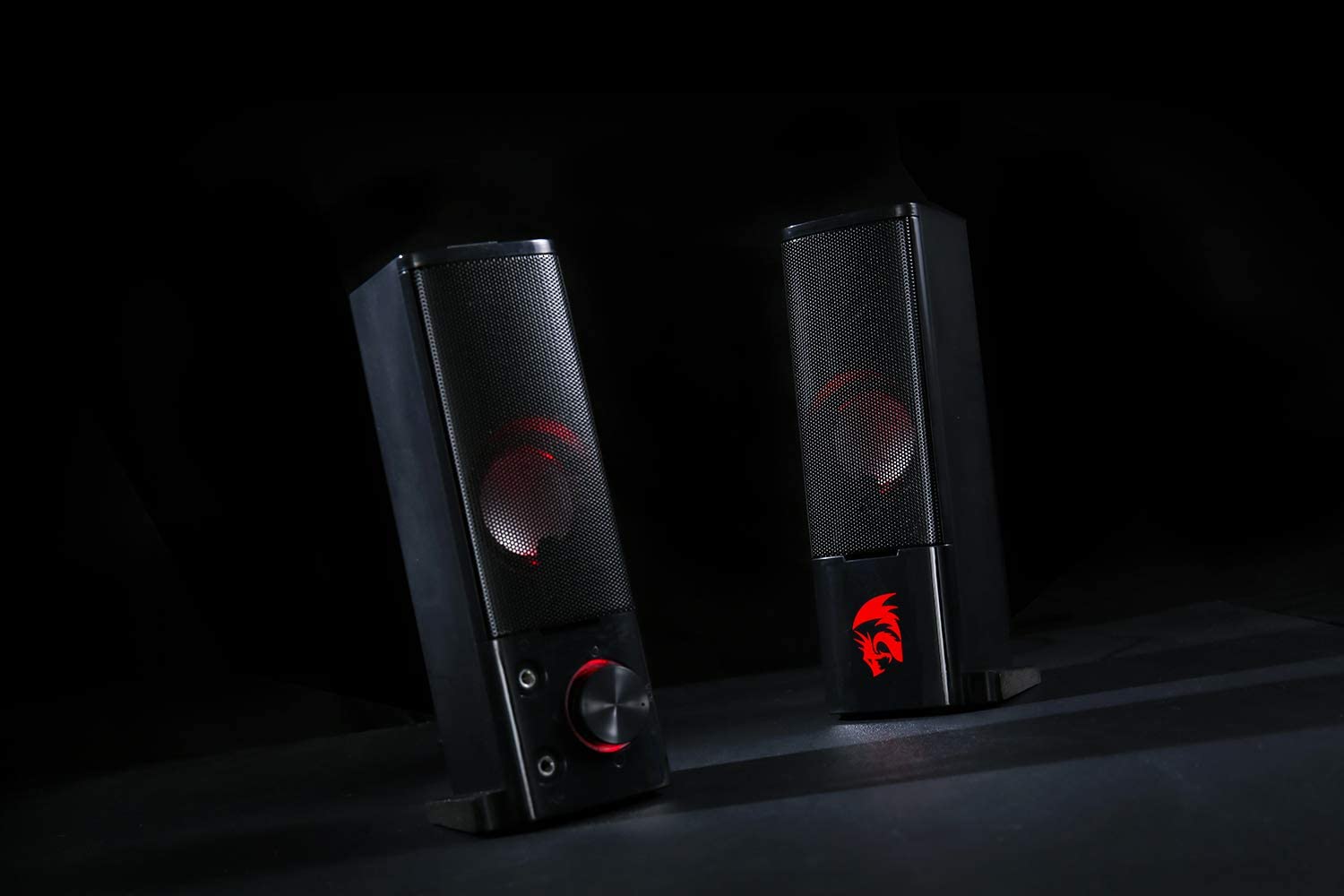
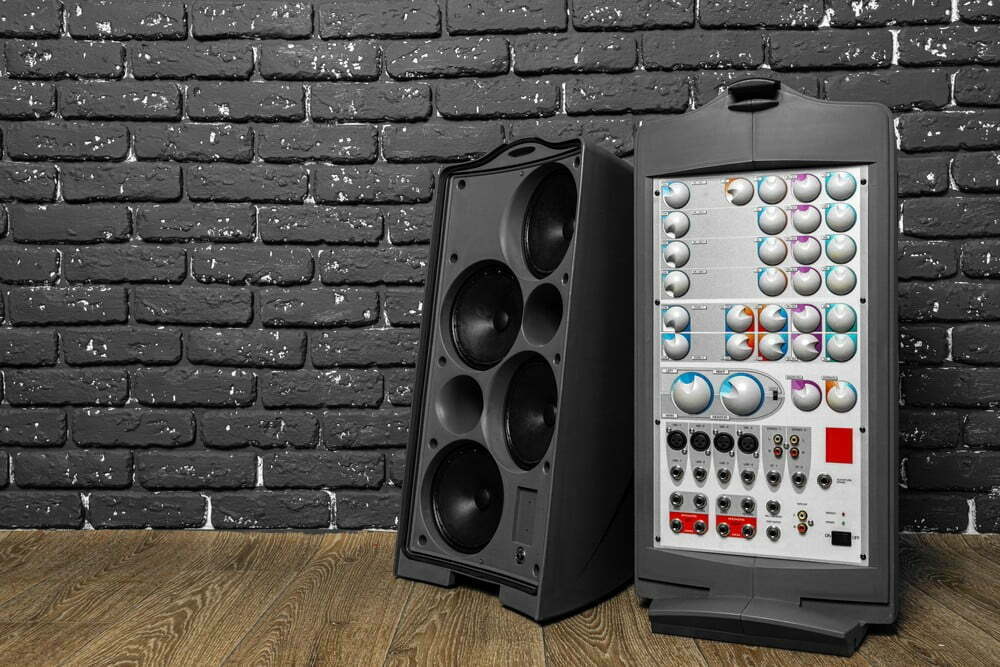
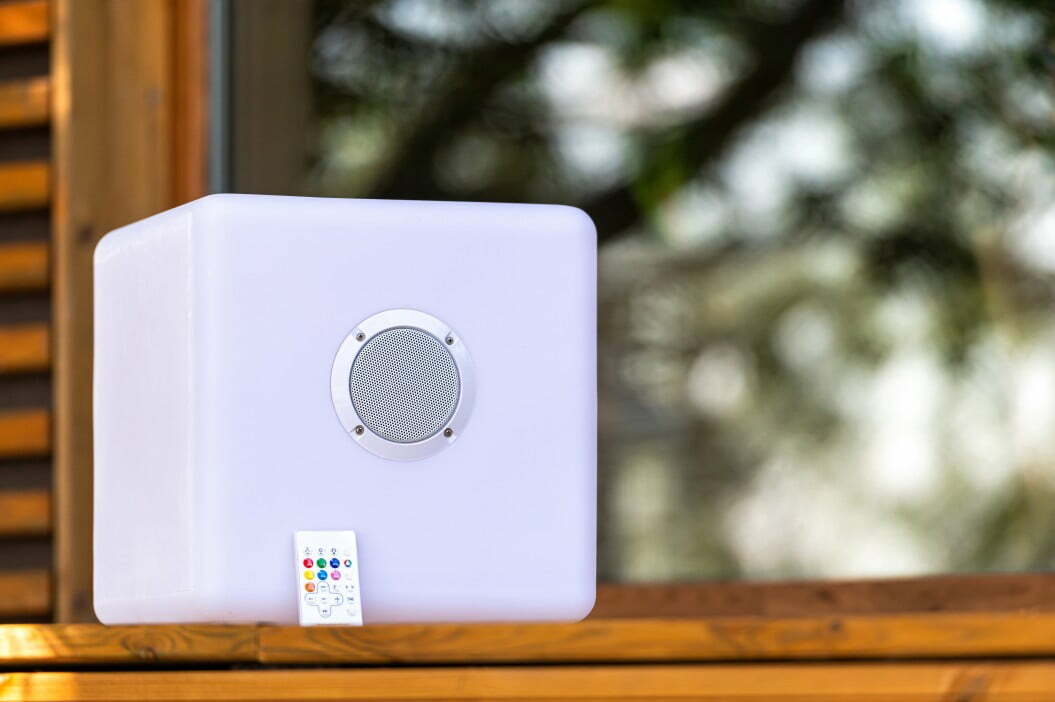
![Best Powered Speakers in [year] 27 Best Powered Speakers in 2026](https://www.gadgetreview.dev/wp-content/uploads/best-powered-speakers-image.jpg)
![Best Stereo Speakers in [year] 28 Best Stereo Speakers in 2026](https://www.gadgetreview.dev/wp-content/uploads/best-stereo-speakers-image.jpg)
![Best SoundBar in [year] ([month] Reviews) 29 Best SoundBar in 2026 (January Reviews)](https://www.gadgetreview.dev/wp-content/uploads/best-soundbar-image.jpg)
![Best Subwoofers in [year] ([month] Reviews) 30 Best Subwoofers in 2026 (January Reviews)](https://www.gadgetreview.dev/wp-content/uploads/best-subwoofer-image.jpg)
![Best TableTop Radio in [year] ([month] Reviews) 31 Best TableTop Radio in 2026 (January Reviews)](https://www.gadgetreview.dev/wp-content/uploads/best-tabletop-radios-image.jpg)
![Best 8 Inch Subwoofers in [year] 32 Best 8 Inch Subwoofers in 2026](https://www.gadgetreview.dev/wp-content/uploads/best-8-inch-subwoofer-image.jpg)
![Best Surround Sound Systems in [year] 33 Best Surround Sound Systems in 2026](https://www.gadgetreview.dev/wp-content/uploads/best-surround-sound-system-image.jpg)
![Best Laptop Speakers in [year] 34 Best Laptop Speakers in 2026](https://www.gadgetreview.dev/wp-content/uploads/best-laptop-speakers-image.jpg)
![Best Wireless Surround Sound Speakers in [year] 35 Best Wireless Surround Sound Speakers in 2026](https://www.gadgetreview.dev/wp-content/uploads/best-wireless-surround-sound-image.jpg)
![Best Bose Speakers in [year] 36 Best Bose Speakers in 2026](https://www.gadgetreview.dev/wp-content/uploads/best-bose-speakers-image.jpg)
![Best Home Stereo Systems in [year] 37 Best Home Stereo Systems in 2026](https://www.gadgetreview.dev/wp-content/uploads/best-home-stereo-system-image.jpg)
![Best WiFi Speakers in [year] 38 Best WiFi Speakers in 2026](https://www.gadgetreview.dev/wp-content/uploads/best-wifi-speakers-image.jpg)
![Best Wireless Home Theater Systems in [year] 39 Best Wireless Home Theater Systems in 2026](https://www.gadgetreview.dev/wp-content/uploads/best-wireless-home-theater-system-image.jpg)
![Best Party Speakers in [year] 40 Best Party Speakers in 2026](https://www.gadgetreview.dev/wp-content/uploads/best-party-speakers-image.jpg)
![Loudest Bluetooth Speakers in [year] 41 Loudest Bluetooth Speakers in 2026](https://www.gadgetreview.dev/wp-content/uploads/loudest-bluetooth-speaker-image.jpg)
![Best Car Speakers for Bass in [year] 42 Best Car Speakers for Bass in 2026](https://www.gadgetreview.dev/wp-content/uploads/best-car-speakers-for-bass-image.jpg)
![Best Marine Speakers in [year] 43 Best Marine Speakers in 2026](https://www.gadgetreview.dev/wp-content/uploads/best-marine-speakers-image.jpg)
![Best JBL Speakers in [year] 44 Best JBL Speakers in 2026](https://www.gadgetreview.dev/wp-content/uploads/best-jbl-speakers-image.jpg)
![Best Home Theater Speakers in [year] 45 Best Home Theater Speakers in 2026](https://www.gadgetreview.dev/wp-content/uploads/best-home-theater-speakers-image.jpg)
![Best Waterproof Speakers in [year] 46 Best Waterproof Speakers in 2026](https://www.gadgetreview.dev/wp-content/uploads/best-waterproof-speaker-image.jpg)


